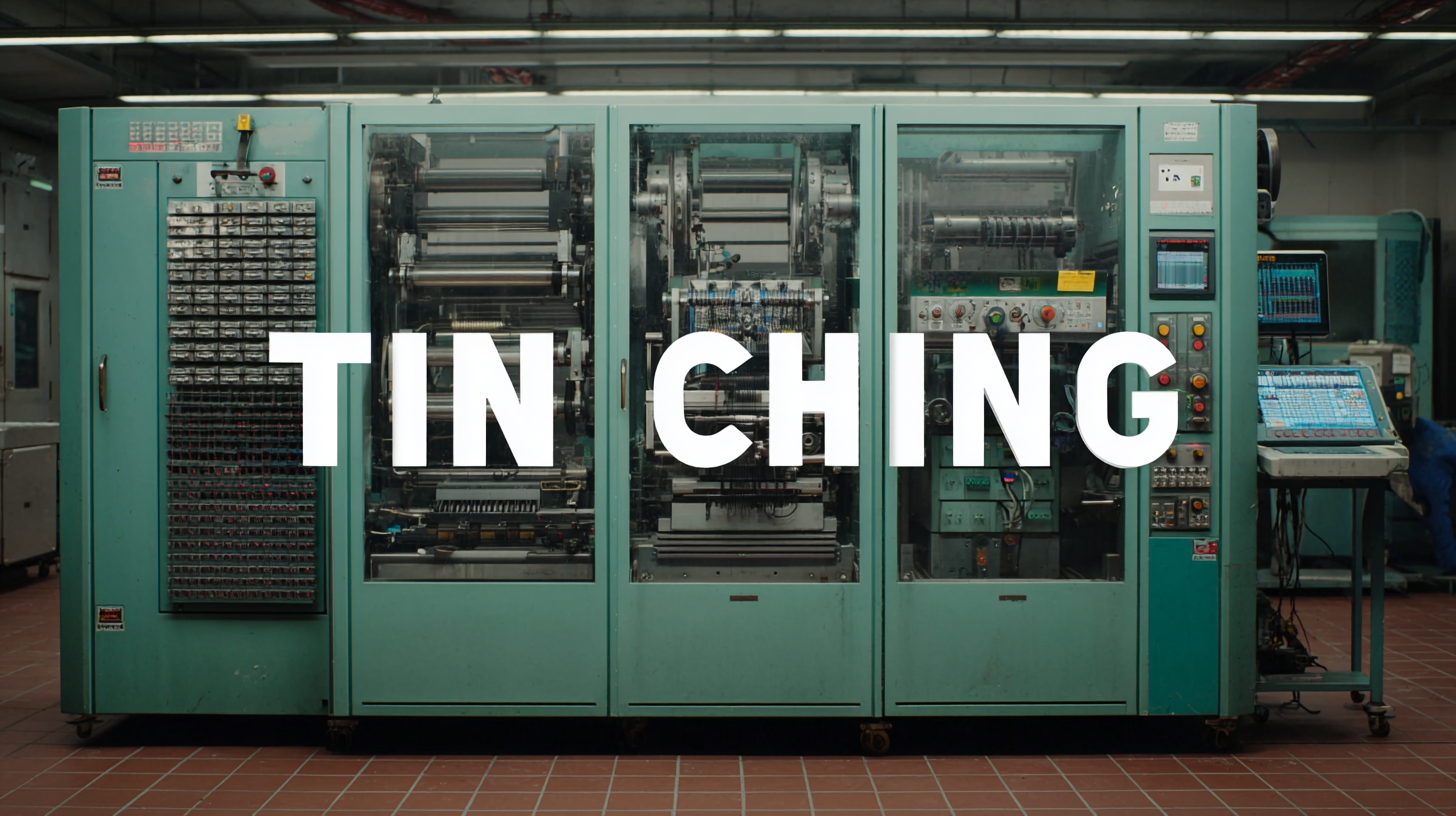


In today’s competitive manufacturing landscape, the efficiency of operations hinges significantly on the equipment utilized, particularly the Cutting Machine. According to a recent report by MarketsandMarkets, the global cutting machine market is projected to reach USD 12.2 billion by 2026, fueled by technological advancements and increasing demand across various industries such as automotive, aerospace, and textiles.

However, the mere acquisition of a Cutting Machine is not enough; maximizing its efficiency hinges on robust after-sales services and cost-effective maintenance strategies. Studies indicate that effective maintenance programs can reduce operational downtimes by up to 30%, ultimately enhancing productivity and profitability. This blog will delve into the various applications of cutting machines across industries and outline how businesses can leverage service advantages and maintenance practices to not only enhance performance but also control and optimize operational costs.
The cutting machine industry is witnessing significant growth, driven by its essential applications across various sectors. According to recent market research, the global metal cutting machine market is projected to reach USD 10.86 billion by 2033, growing at a compound annual growth rate (CAGR) of 6.24%. This surge in demand highlights the crucial role cutting machines play in enhancing production efficiency and precision across industries such as manufacturing, automotive, and aerospace.
Key technical specifications of top cutting machines are vital for businesses looking to maximize efficiency. Features such as cutting speed, accuracy, and material compatibility are essential considerations that influence operational performance. For instance, machines equipped with advanced control systems and automation technology can significantly reduce downtime and increase throughput. Understanding these specifications not only helps in selecting the right equipment but also contributes to optimizing existing operations, ensuring that manufacturers stay competitive in a rapidly evolving marketplace.
In the manufacturing world, various cutting techniques are essential for optimizing production processes. Each method offers unique advantages depending on materials and the desired precision. For instance, laser cutting is renowned for its high accuracy and the ability to handle detailed designs, making it suitable for industries like aerospace and automotive. Conversely, waterjet cutting excels in processing hard materials without generating heat, which is crucial in applications such as metalworking or stone cutting, where material integrity must be preserved.
Understanding these different cutting techniques can significantly impact efficiency. For example, while plasma cutting is a fast and cost-effective method for thick metals, it may leave a rougher edge requiring additional processing. By selecting the appropriate technique for a specific task, manufacturers can streamline their operations, reduce waste, and enhance the quality of the final product. Ultimately, leveraging the right cutting machine with a thorough understanding of these techniques leads to improved manufacturing outcomes and a competitive edge in the industry.

To maximize the efficiency of cutting machines, adhering to best practices and maintenance tips is crucial. Regular maintenance schedules should be established to keep the machine in optimal condition. This includes checking for wear and tear on blades, ensuring alignment is correct, and lubricating moving parts. A well-maintained cutting machine not only operates more efficiently but also extends its overall lifespan, reducing long-term costs.
Another important aspect of maximizing efficiency is operator training. Skilled operators who understand the machine’s capabilities can significantly enhance productivity. Proper training enables them to select the right cutting parameters for various materials, which can reduce waste and achieve cleaner cuts. Additionally, utilizing automation and advanced settings can streamline operations further, allowing for quicker turnaround times and increased throughput. By prioritizing maintenance and investing in training, businesses can harness the full potential of their cutting machines.
In the ever-evolving manufacturing landscape, cutting machines have become indispensable tools, renowned for their precision and versatility. The latest innovations have introduced features that significantly enhance the performance of these machines. For instance, advanced laser cutting technology allows for clean and accurate cuts across various materials, minimizing waste and improving overall efficiency. Additionally, the integration of smart sensors enables real-time monitoring and adjustments, ensuring optimal performance during operation.
Moreover, the advent of multi-function cutting machines is revolutionizing how industries approach cutting tasks. These machines can seamlessly switch between different cutting techniques, such as plasma, water jet, and traditional blade cutting, making them incredibly versatile. This adaptability not only saves time but also reduces the need for multiple pieces of equipment, which can lead to substantial cost savings. As industries continue to seek ways to improve productivity and reduce operational costs, embracing these innovative features in cutting machines will be key to staying competitive in the market.
| Application Area | Cutting Machine Type | Key Features | Efficiency Maximization |
|---|---|---|---|
| Textile Industry | Fabric Cutting Machine | High-Speed Blades, Automatic Fabric Alignment | Regular Maintenance, Optimal Blade Selection |
| Metal Fabrication | Laser Cutting Machine | Precision Laser Beam, CNC Control | Adjusting Speed Settings, Regular Calibration |
| Woodworking | CNC Router | Versatile Tooling, User-Friendly Interface | Material Optimization, Software Upgrades |
| Packaging | Die Cutting Machine | High-Speed Operation, Quick Changeovers | Efficient Material Usage, Employee Training |
| Electronics | Plasma Cutting Machine | High Precision, Minimal Heat Affected Zone | Optimizing Power Settings, Regular Upgrades |
In recent years, high-performance cutting machines have transformed various industries, showcasing their effectiveness through successful implementations. For instance, a case study in the automotive sector revealed that a leading manufacturer increased production efficiency by 30% after integrating advanced laser cutting technology. According to the Market Research Future report, the global laser cutting machine market is expected to reach $7.5 billion by 2025, driven by these efficiency gains and the growing demand for precision in manufacturing.
Another compelling example comes from the aerospace industry, where reducing material waste is crucial. A major aerospace contractor adopted a water jet cutting system, which not only improved cutting accuracy but also decreased waste material by 25%. This aligns with findings from IBISWorld, which noted that companies utilizing high-performance cutting technologies experience an average rise in profitability of 15% due to reduced operational costs and enhanced product quality. These case studies underline the importance of investing in cutting-edge machinery to stay competitive and maximize operational efficiency.
